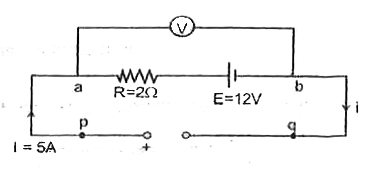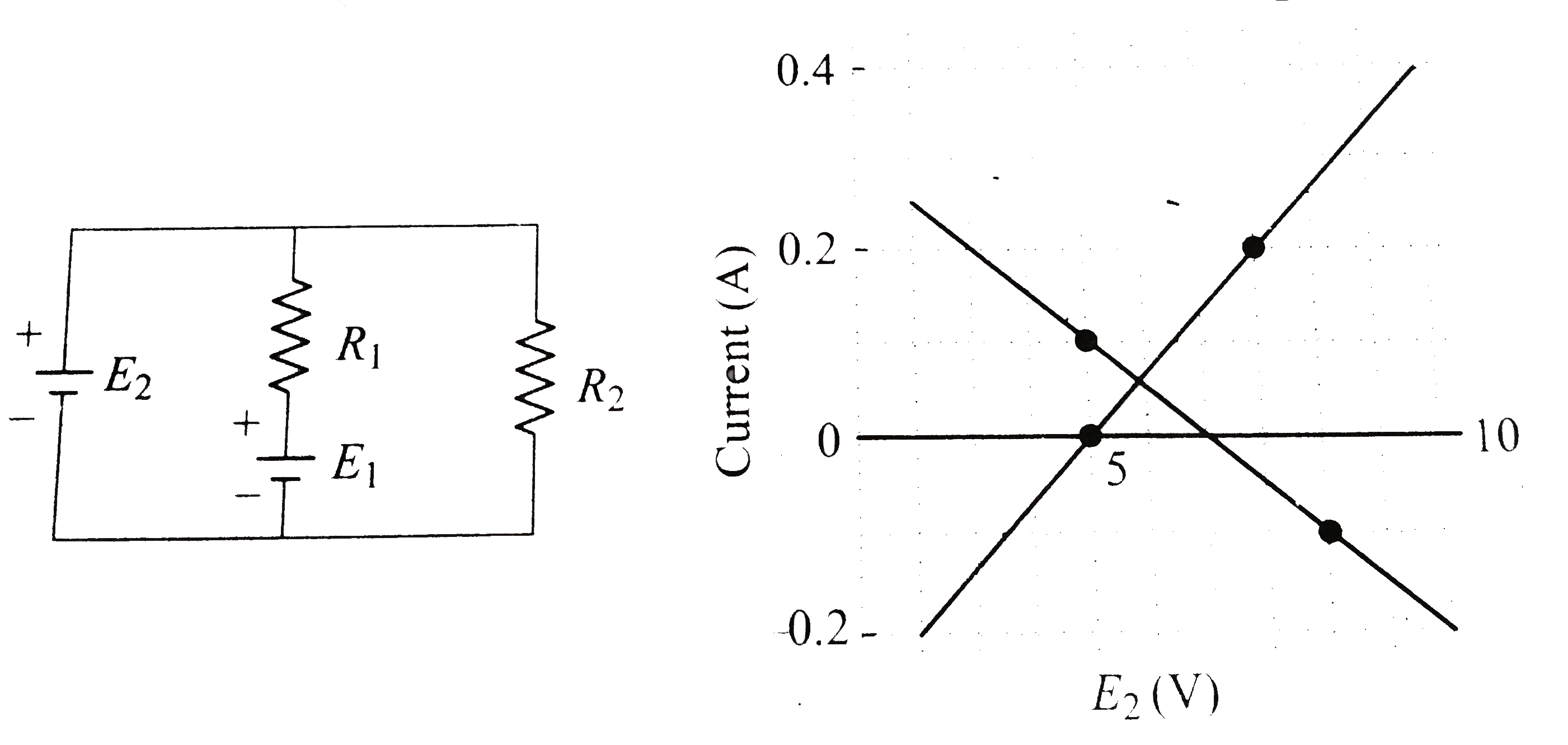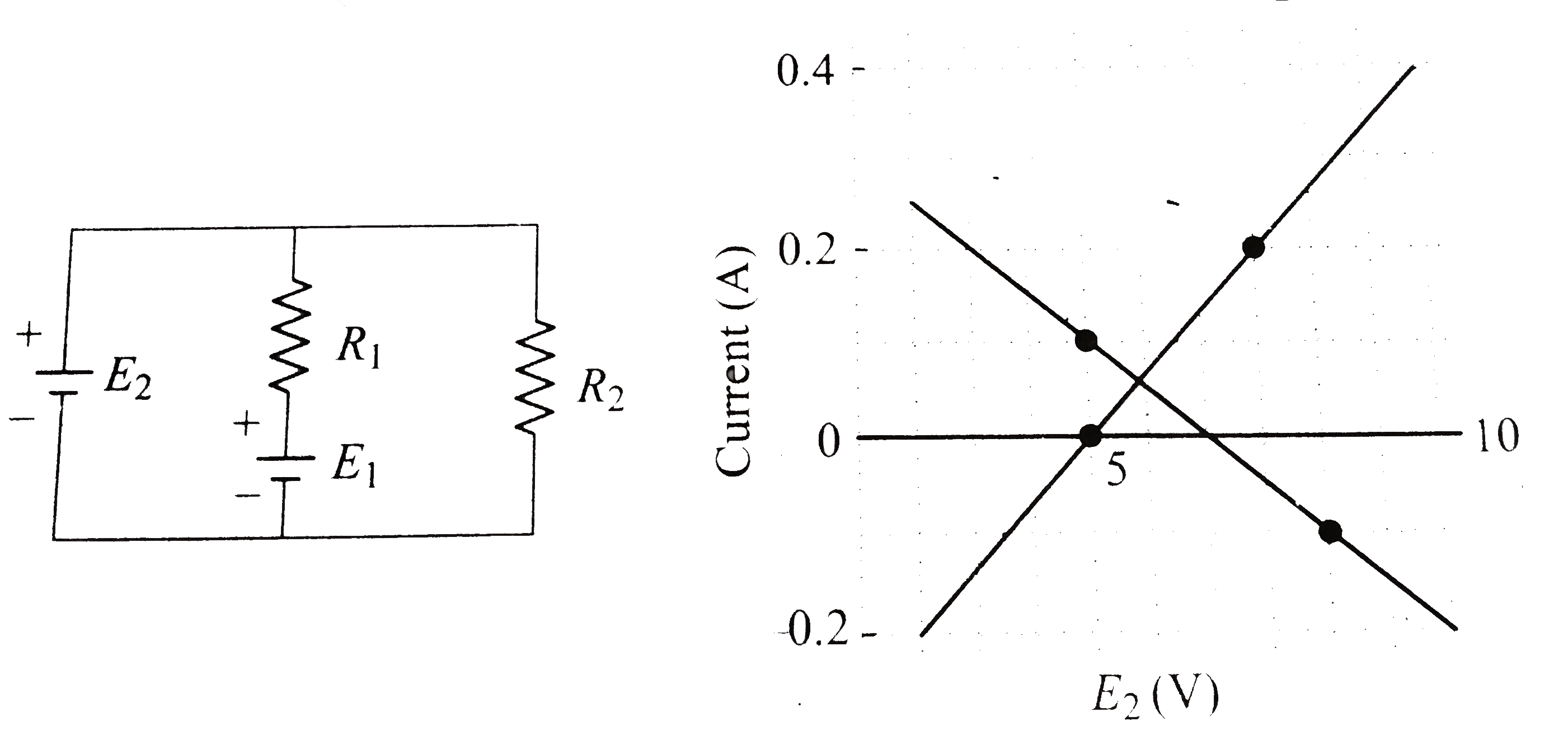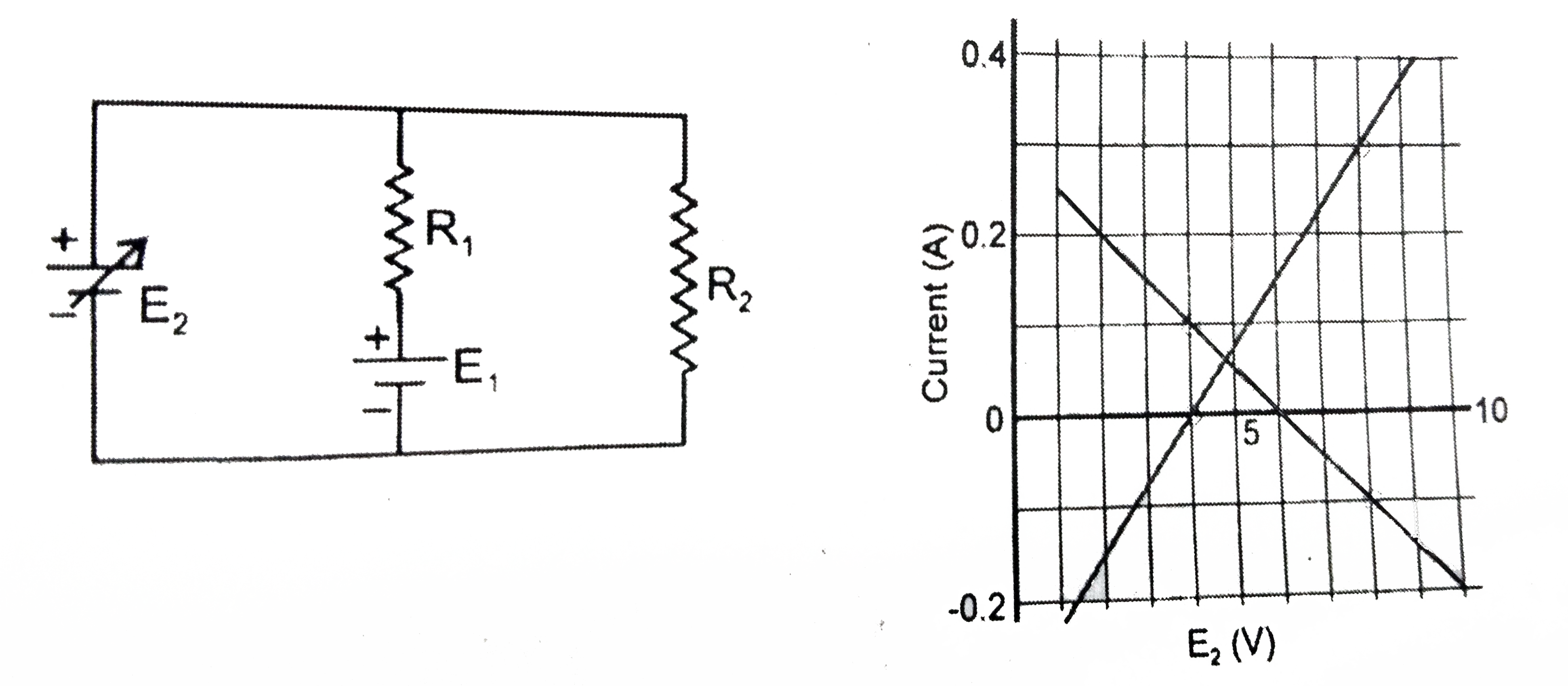The direction of current inside a battery is
(+)ve to (-)ve terminal
(-)ve to (+)ve terminal
independent of the polarity
none of these
The correct Answer is:B
Step by step video, text & image solution for The direction of current inside a battery is by Physics experts to help you in doubts & scoring excellent marks in Class 10 exams.
Topper's Solved these Questions
- BOOK - CENGAGE PHYSICSCHAPTER - SOURCES OF ELECTRIC CURRENTEXERCISE - MANDATORY EXERCISE (Exercise Set III)1videos
SOURCES OF ELECTRIC CURRENT
- BOOK - CENGAGE PHYSICSCHAPTER - SOURCES OF ELECTRIC CURRENTEXERCISE - MANDATORY EXERCISE (Exercise Set IV)9videos
SOURCES OF ELECTRIC CURRENT
- BOOK - CENGAGE PHYSICSCHAPTER - SOURCES OF ELECTRIC CURRENTEXERCISE - MANDATORY EXERCISE (Exercise Set I)4videos
SOURCES OF ELECTRIC CURRENT
- BOOK - CENGAGE PHYSICSCHAPTER - REFRACTION OF LIGHT EXERCISE - OLYMPIAD AND NSE LEVEL EXCERCISES10videos
REFRACTION OF LIGHT
- BOOK - CENGAGE PHYSICSCHAPTER - STATIC ELECTRICITYEXERCISE - OLYMPIAD AND NTSE LEVEL EXERCISES10videos
STATIC ELECTRICITY
Similar Questions
If in the previous problem the battery is being charged with a current of 5 amp, in what direction will current flow inside the battery, and what will be the reading of the voltmeter
 View Solution
View SolutionA current carrying wire (straight) passes inside a triangular coil as shown in figure. The current in the wire is perpendicular to paper inwards. Find the direction of induced current in the loop if current in the wire is increasing with time.
 View Solution
View Solution
Knowledge Check
- Question 1 - Select One
The direction of current inside a battery is
A(+)ve to (-)ve terminalB(-)ve to (+)ve terminalCindependent of the polarityDnone of these - Question 2 - Select One
The direction of current outside the battery is
A(+)ve to (-)ve terminalB(-)ve to (+)ve terminalCindependent of the polarityDnone of these - Question 3 - Select One
In the circuit given in the figure, both batteries are ideal . Emf E1 of battery 1 has a fixed value, but emf E2 of battery 2 can be varied between 1.0Vand10.0V . The graph gives the currents through the two batteries as a function of E2 but are not marked as which plot corresponds to which battery. But for both plots, current is assumed to be negative when the direction of the current through the battery is opposite to the direction of that battery's emf (direction of emf is from negative to positive.)
 ,
,
The resistance R2 is equal toA10ΩB20ΩC30ΩD40Ω
The direction of conventional current is the same as the direction of the electronic current.
View SolutionA battery of emf 2 volts and internal resistance 0.1 ohm is being charged with a current of 5 amps.
In what directions will the currents flow inside the battery? What is the potential difference between the two terminal of the battery?View SolutionIn the circuit given in the figure, both batteries are ideal . Emf E1 of battery 1 has a fixed value, but emf E2 of battery 2 can be varied between 1.0Vand10.0V . The graph gives the currents through the two batteries as a function of E2 but are not marked as which plot corresponds to which battery. But for both plots, current is assumed to be negative when the direction of the current through the battery is opposite to the direction of that battery's emf (direction of emf is from negative to positive.)

The value of emf E1 isView SolutionAssertion : Current between two points in an electrical always flows from higher potential to lower potential.
Reason : During charging of a battery current inside the battery flows negative terminal to positive terminal.View SolutionIn the circuit given below, both batteries are ideal. Emf E1 of battery 1 has a fixed value, but emf E1 of battery 2 can be varied between 1.0 V and 10.0 and 10.0 V. The graph gives the currents through the two batteries as a function of E2, but are not marked as which plot corresponds to which battery. But for both ploth, current is assumed to be negative when the direction of the current through the cattery is oppositi the direction of that battery's emf. (Direction of emf is from negative to positive)

The resistance R1 has valueView Solution

